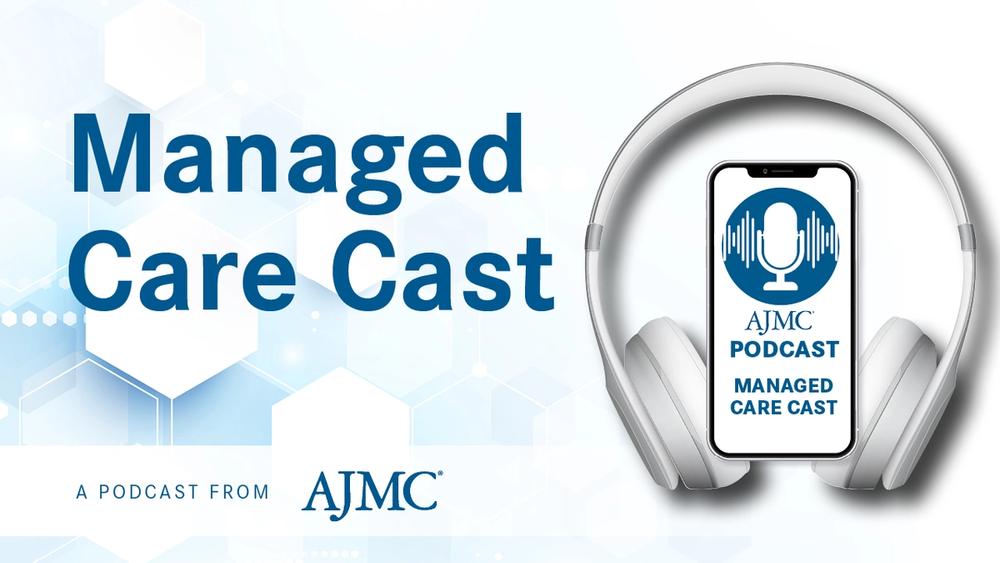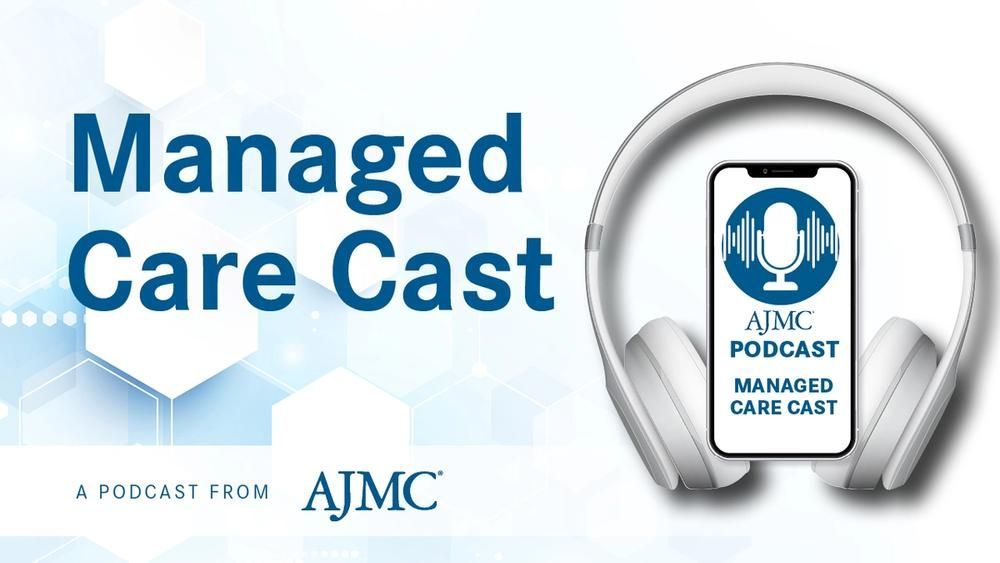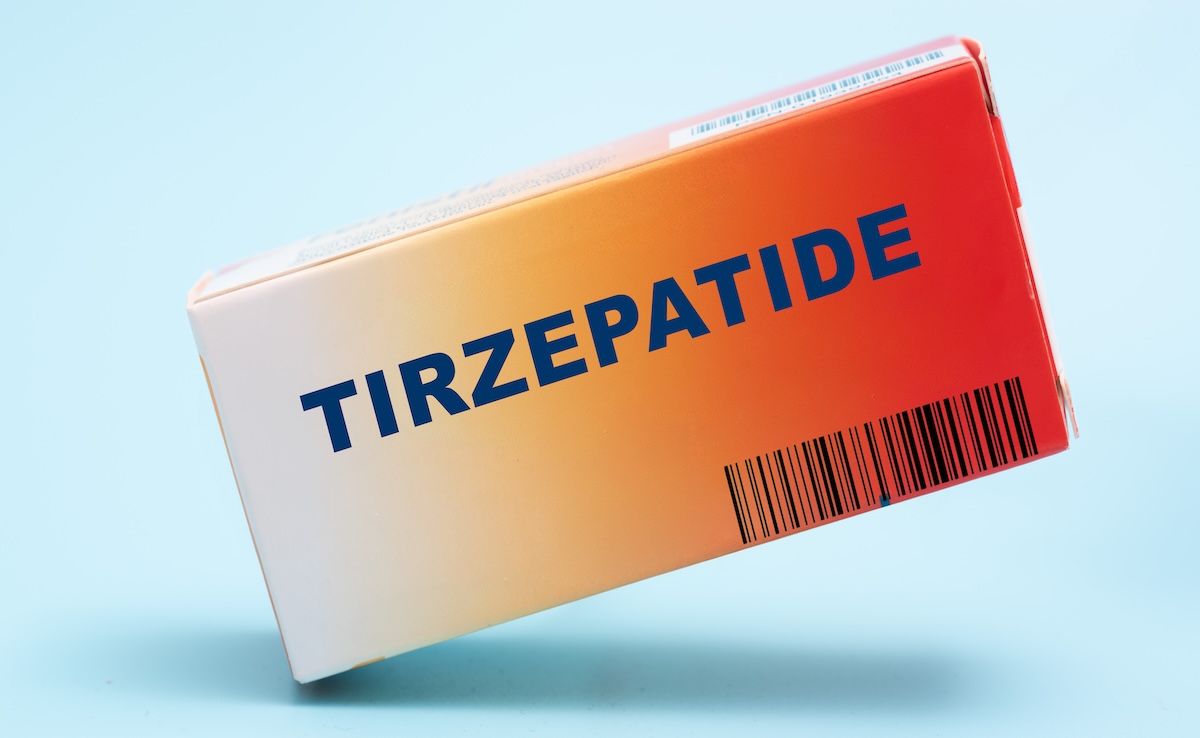News
Article
EHR-Based Symptom Inventory Shows Potential for Ovarian Cancer Monitoring
Author(s):
Key Takeaways
- Ovarian cancer's high incidence-fatality rate is due to late-stage diagnosis and lack of effective screening tools.
- An EHR-based symptom inventory was tested in a Colorado ob-gyn practice, achieving a 36.8% response rate.
The electronic health record (EHR)–based symptom inventory identified symptom prevalence and associated comorbidities, but no ovarian cancers were diagnosed during the study period.
Although implementing an ovarian cancer symptom inventory through the electronic health record (EHR) is feasible, its effectiveness may be influenced by the prevalence of preexisting diagnoses, according to a study published in Gynecologic Oncology Reports.1
Ovarian cancer continues to have the highest incidence-fatality rate of any gynecologic malignancy, primarily due to most diagnoses occurring after metastasis.2 No screening tool is sensitive and specific enough for widespread use, which limits early detection, particularly in low-risk women.1
Despite this, 75% to 90% of patients with early-stage ovarian cancer report symptoms before diagnosis, most commonly bloating, eating problems, abdominal pain, and trouble with urination. While symptom inventories have been piloted in clinics to assess their role in reducing false positives, they have not been tested electronically among average-risk populations.
To address this gap, the researchers evaluated the uptake and feasibility of an EHR-based symptom inventory administered during annual or new patient visits at a generalist obstetrics and gynecology (ob-gyn) faculty practice in Colorado. They also assessed its utility as part of routine care.
The electronic health record (EHR)–based symptom inventory identified symptom prevalence and associated comorbidities, but no ovarian cancers were diagnosed during the study period. | Image Credit: terovesalainen - stock.adobe.com

Beginning in February 2021, the symptom survey was introduced to patients 40 years and older who were scheduled for an annual or new ob-gyn patient visit via the patient-facing EHR portal. Previously, the researchers highlighted that the patient-facing EHR portal successfully improved screening rates for colorectal and lung cancers.
The questionnaire asked if the patient experienced any of the following symptoms for more than 2 weeks in the prior year: abdominal bloating; pelvic or abdominal pain; urination urgency or frequency; and/or feeling full soon after eating or difficulty eating. The researchers noted that a fifth response, “no symptoms,” was added in September 2021.
To analyze the feasibility of survey implementation and patient uptake, they evaluated all instances of the questionnaire assigned between February 2021 and July 2023. Additionally, because the survey did not include a “no symptoms” option until September 2021, the data collected before then were excluded from analyses evaluating the prevalence of symptoms and the association between symptoms and medical history.
Consequently, unique patients who completed the questionnaire between September 2021 and July 2023 were included for analysis to study the results of the symptom inventory. Because the questionnaire could be triggered multiple times, the researchers selected the first patient encounter for analysis among those who responded more than once during the study period.
The survey was expected to have been triggered 2301 times during the study period, with 846 completed (minimum response rate, 36.8%) by 715 patients between February 2021 and July 2023. The median age of these patients was 50 years (range, 40-86), and most were White (72.0%).
Of the 589 patients included in the symptom prevalence analysis, 164 (27.8%) reported experiencing at least 1 symptom associated with ovarian cancer in the prior year. Among these patients, most reported experiencing only 1 symptom (n = 107; 65.2%), while 9 (5.5%) reported experiencing all 4 symptoms. The most reported symptom was urinary urgency or frequency (n = 88; 14.9%), and the least reported was early satiety or difficulty eating (n = 33; 5.6%).
Patients who reported at least 1 symptom were more likely than those with no symptoms to have a history of medical comorbidities, including depression (37.8% vs 24.9%; P = .002), endometriosis (8.5% vs 3.8%; P = .034), uterine fibroids (31.7% vs 20.2%; P = .005), and irritable bowel syndrome (11.6% vs 3.8%; P < .001). Also, of those who reported symptoms, 76 (46.3%) underwent some workup within 3 months of their visit, but no ovarian cancers have been diagnosed to date.
The researchers acknowledged their study's limitations, including potential response bias; patients without symptoms may be less likely to complete the survey. Despite their limitations, they expressed confidence in their findings and emphasized the need for further research.
“The effectiveness of an [EHR]-based symptom inventory pre-screen as a selection criterion for early detection requires further study, and assessment of frequency and duration of symptoms should be considered.”
References
- Helm ED, Nguyen C, Rotholz S, et al. Feasibility of assessing symptoms associated with ovarian cancer using an electronic medical intake questionnaire. Gyn Onc Rep. 2025;59:101739. doi:10.1016/j.gore.2025.101739
- Torre LA, Trabert B, DeSantis CE, et al. Ovarian cancer statistics, 2018. CA Cancer J Clin. 2018;68(4):284-296. doi:10.3322/caac.21456





